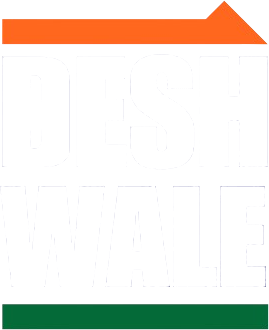An Israeli airstrike on the Ein el‑Hilweh refugee camp in southern Lebanon has killed at least 13 people and wounded several others, making it the deadliest attack on Lebanese soil since the Israel–Hezbollah ceasefire at the end of 2024. The strike took place in a densely populated area near a mosque and a parking area, drawing attention to the vulnerability of civilians in conflict zones. Ambulances rushed the injured to nearby hospitals, and the Lebanese Ministry of Health confirmed the casualties. The attack has raised concerns about the safety of Palestinian refugee camps in Lebanon, which have long been crowded and under-resourced.
According to Israel’s military, the target of the strike was a Hamas training compound inside the camp. Israel stated that the operation aimed to prevent attacks against Israeli territory. However, Hamas strongly denied this claim, saying the airstrike actually hit a sports playground in the camp. Hamas condemned the strike as “barbaric aggression” and framed it as a violation of Lebanon’s sovereignty. This conflicting narrative highlights the complex nature of the Israel-Hamas conflict and the challenges of verifying targets in highly populated urban areas.
The strike was carried out using a drone, demonstrating Israel’s continued reliance on unmanned technology for precise attacks. While Israel claims it uses “precision munitions” to limit civilian casualties, the high death toll has drawn criticism from international observers and human rights groups. Many experts warn that civilian casualties in such attacks could escalate tensions in southern Lebanon and undermine the fragile peace achieved by the 2024 ceasefire with Hezbollah.
Since the U.S.-brokered ceasefire in November 2024, Israel has continued conducting air operations in Lebanon, resulting in the deaths of hundreds of people. Lebanese officials report that more than 270 people have been killed and around 850 wounded in Israeli operations since the ceasefire. The latest strike underscores how fragile the ceasefire remains and how quickly local incidents can escalate into wider conflict. Analysts fear that repeated high-casualty attacks could destabilize the region and potentially reignite hostilities between Israel and Hezbollah or other armed groups.
In addition to the immediate human cost, the attack highlights broader issues surrounding refugee camp safety, the use of drones in conflict, and the tension between security operations and civilian protection. As the world watches, the humanitarian impact of this strike will likely dominate discussions alongside questions of military strategy, political responsibility, and regional stability. The attack in Ein el‑Hilweh serves as a stark reminder of how quickly fragile peace agreements can be threatened, and how civilians remain at the center of geopolitical conflicts in the Middle East.
Subscribe Deshwale on YouTube



